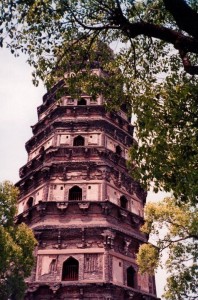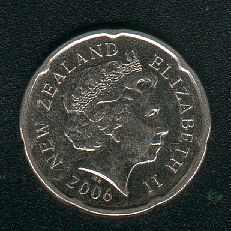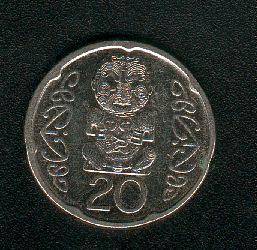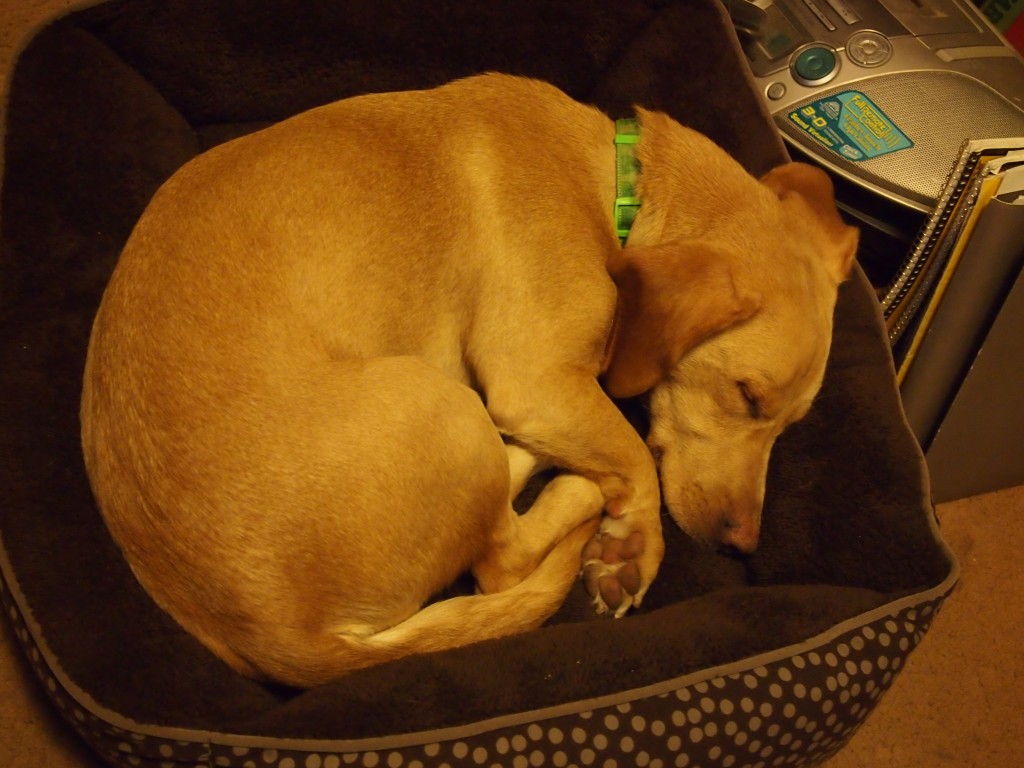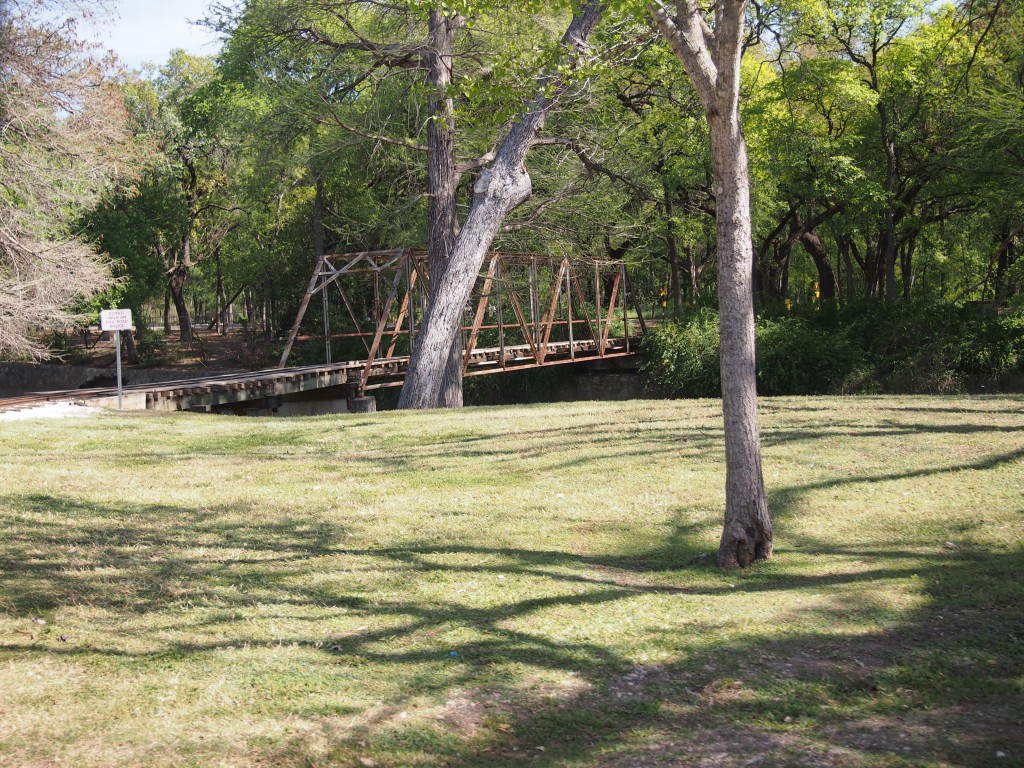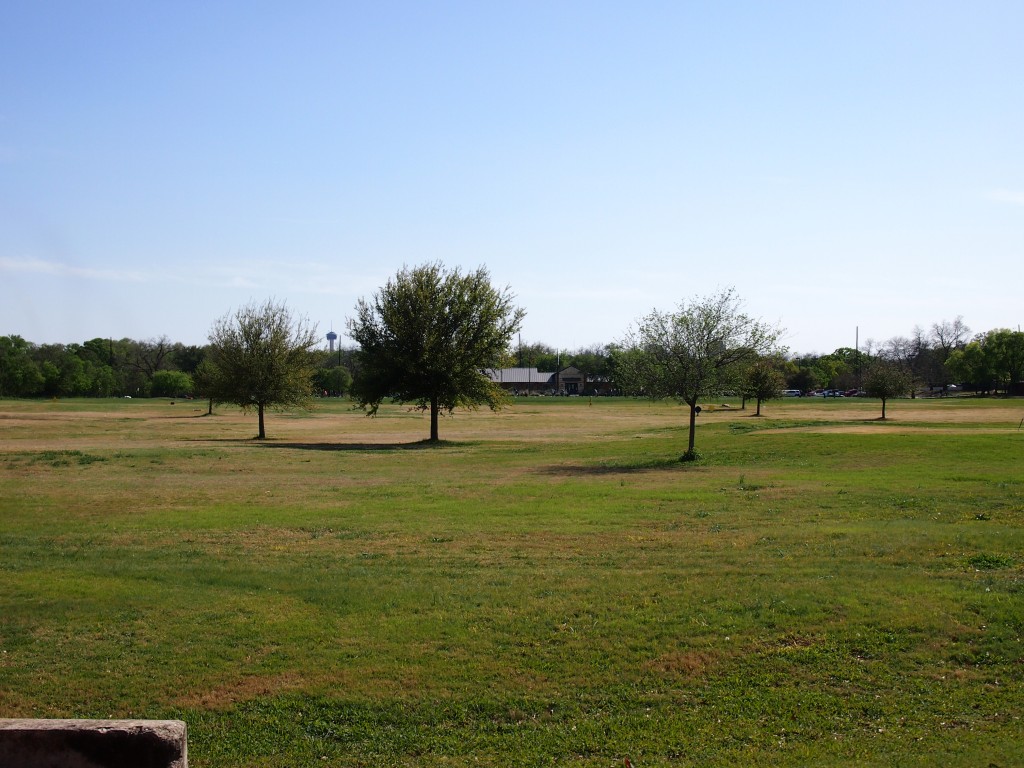I hadn’t heard that Jonathan Winters had died until this evening. I hadn’t known he was still alive, but then again his most recent roles seemed to involve voicing Grandpa Smurf, something I would never have known without reading his obit. When I was young, though, he seemed to pop up on TV a lot without warning.
But that’s understandable. A gig is a gig. As funnymen of my parents’ generation go, he aged a lot better than most.
The MIT Center for Real Estate is a big deal in real estate education. It educates real estate pros and generates some interesting real estate data. Also, MIT is also not known to be short on its endowment. So how is it that the latest thing on center’s web site, under the “News and Events” section, is dated November 30, 2011? How it is that the newsletters produced by the center stop around the same time? Did the person who was maintaining it leave, and the organization couldn’t be bothered with it afterwards? I can see that for a small organization on a shoestring — in which case the site shouldn’t promise “news” — but MIT?
More than 30 years ago, I spent a few days camped out in a dorm room at MIT. I noticed a few things while there, such as that everyone on the hall went to the common room to watch an afternoon showing of Star Trek, and everyone knew the lines. (The original series; because this was 1982, the only series. Patrick Stewart was still just a Shakespearean actor who’d played Sejanus for the BBC.)
I discovered that there’s a major collection of samurai armor and art in Dallas, of all places. At the newly opened Ann & Gabriel Barbier-Mueller Museum: The Samurai Collection. I mentioned that to Ed, who’s familiar with the Barbier-Mueller Museum in Switzerland, and he said, ” If it came out of the Barbier, odds are, it’s better than anything you saw in Japan.”
Another thing to see. But at least it’s easier to go to Dallas than, say, Geneva.
